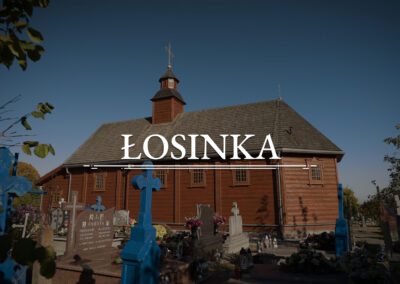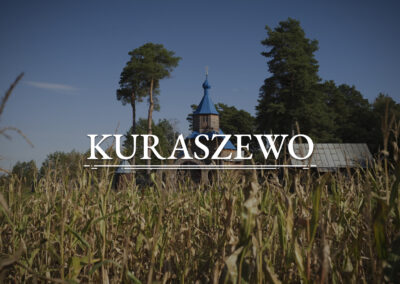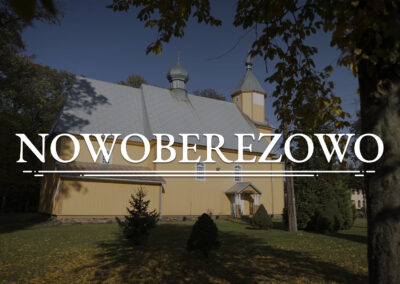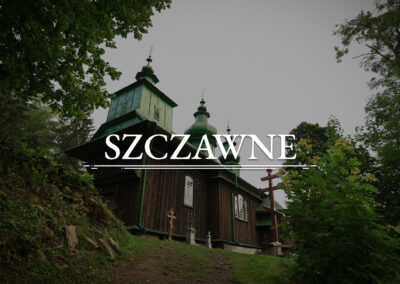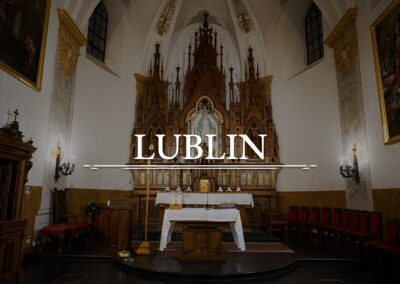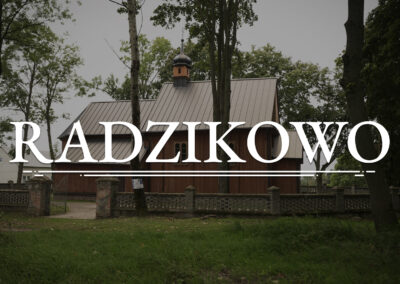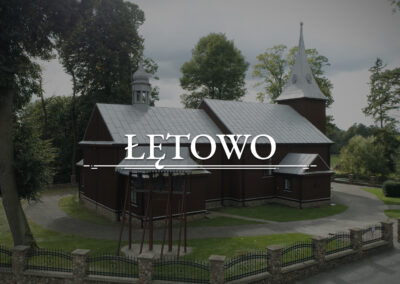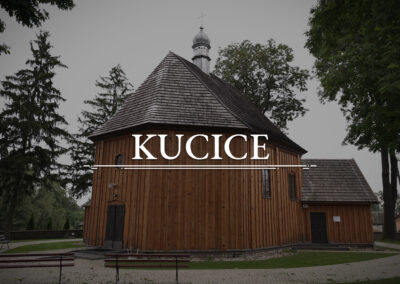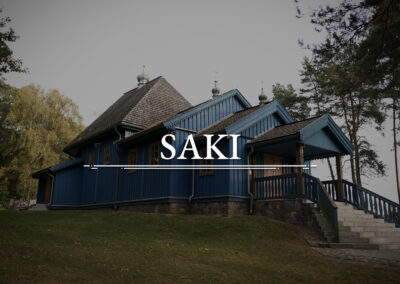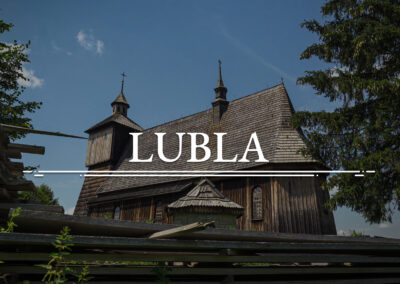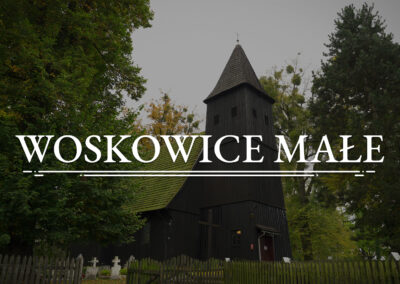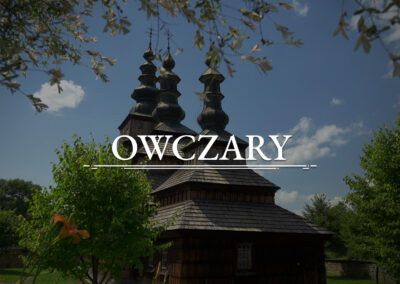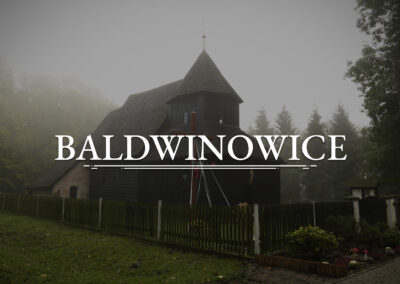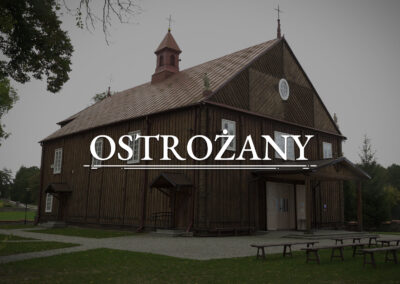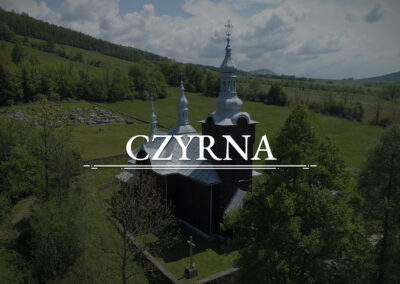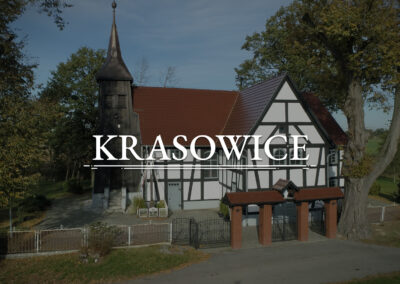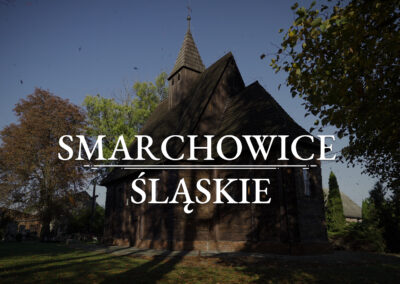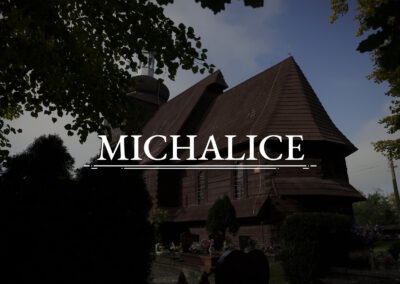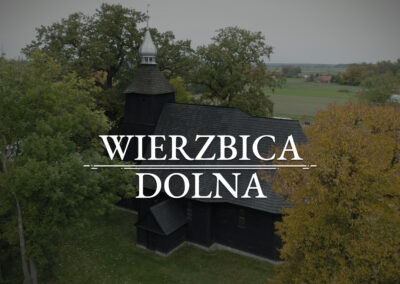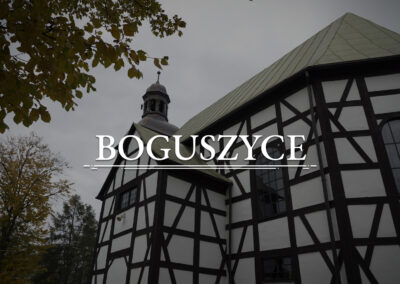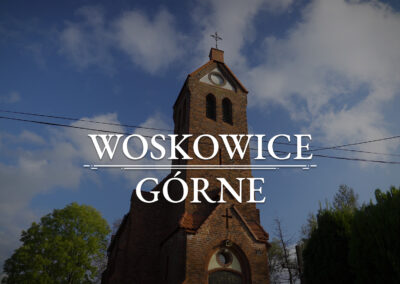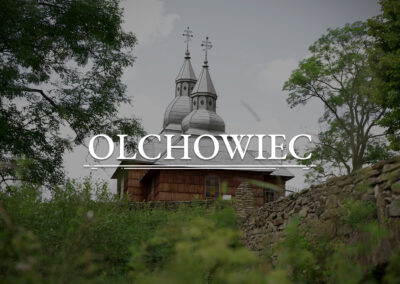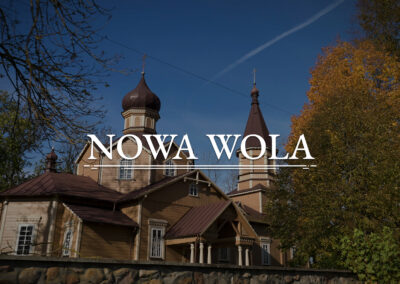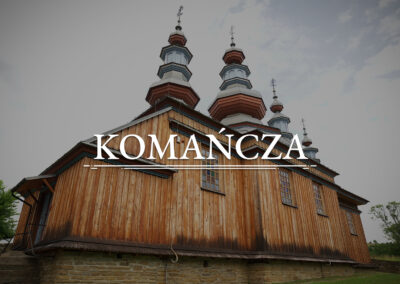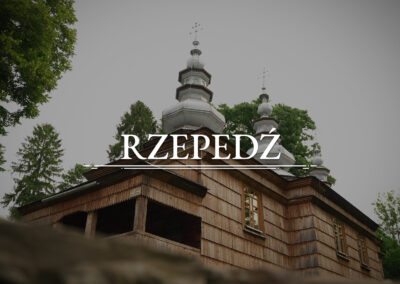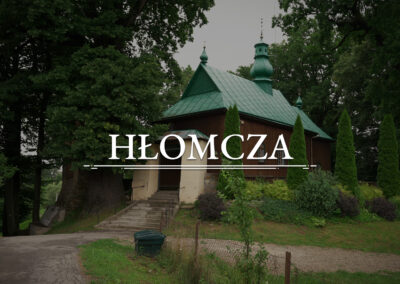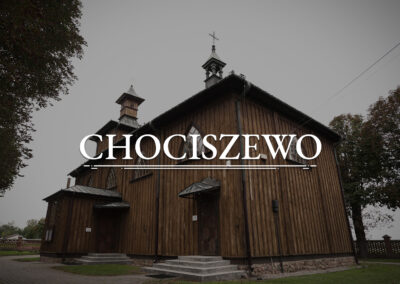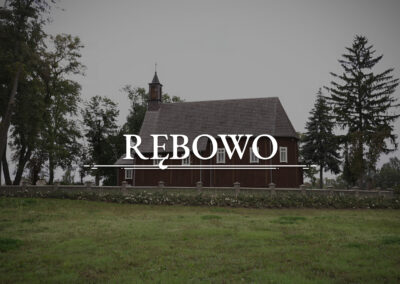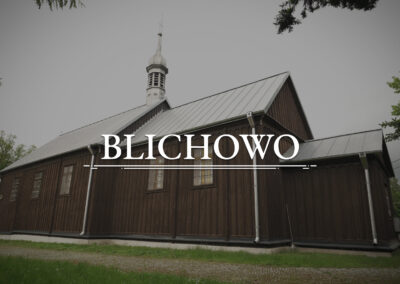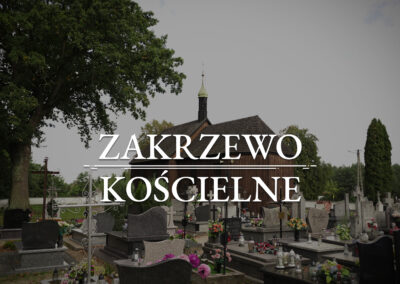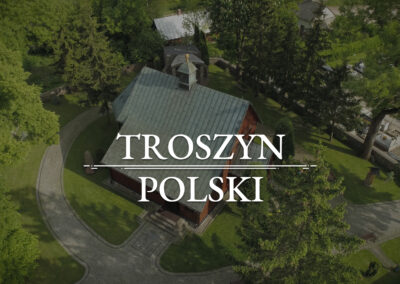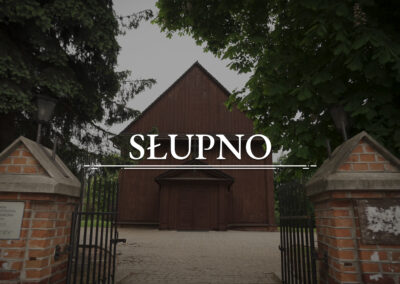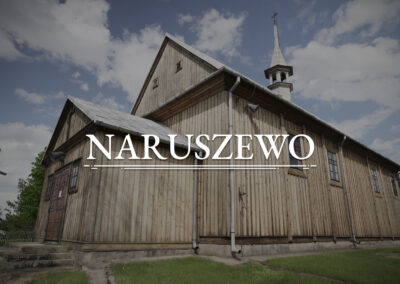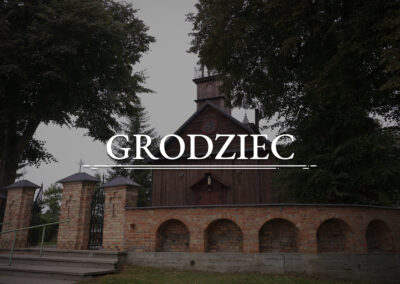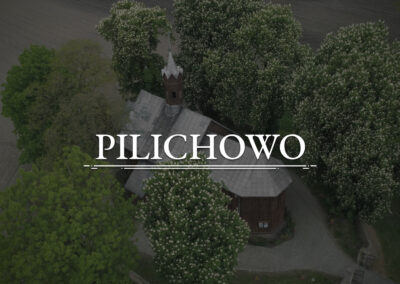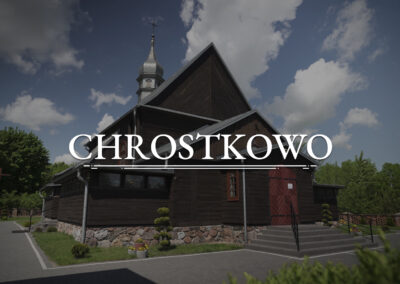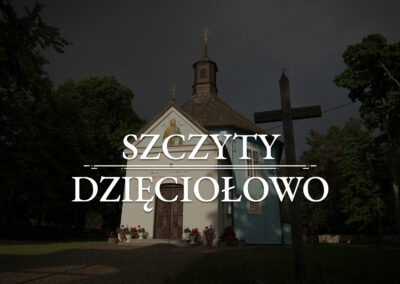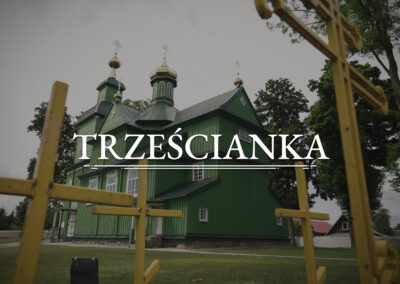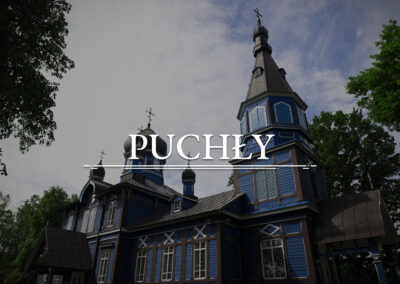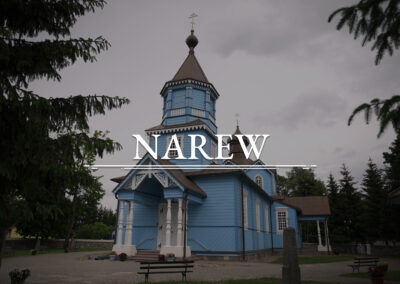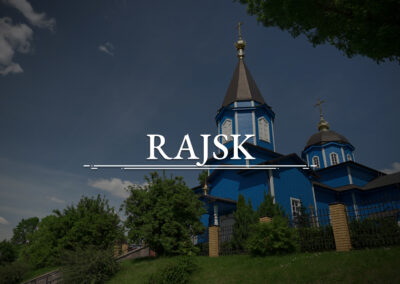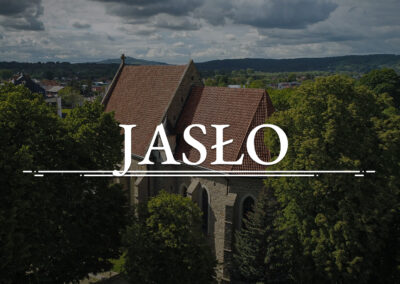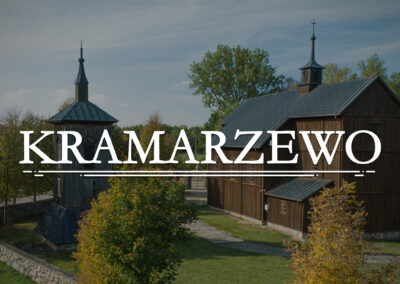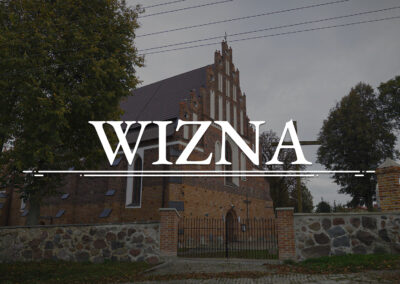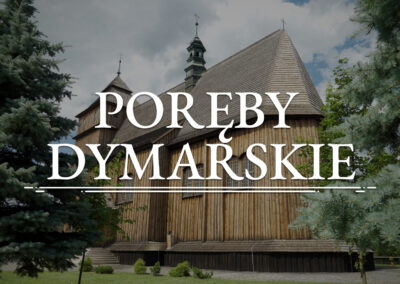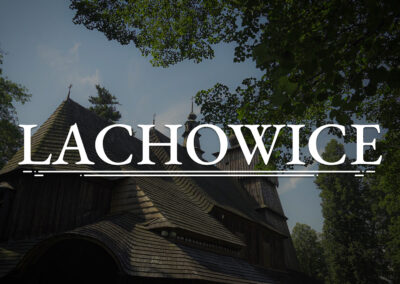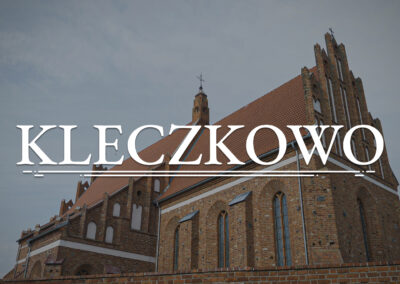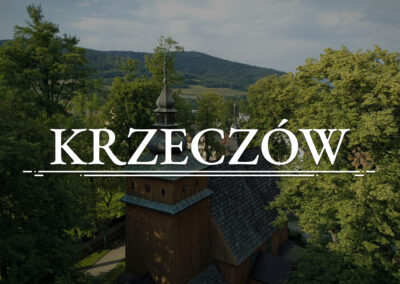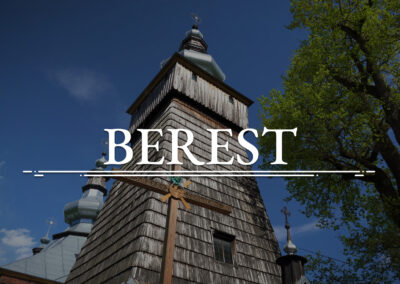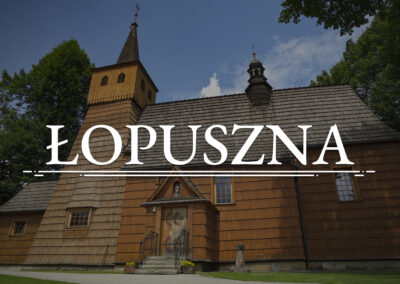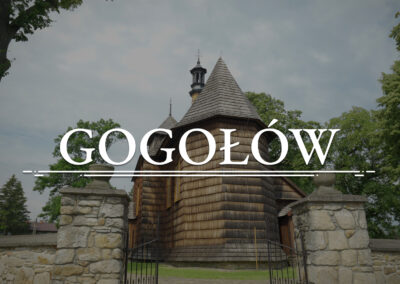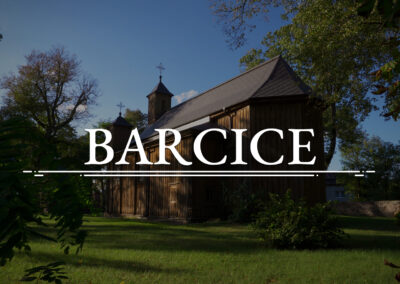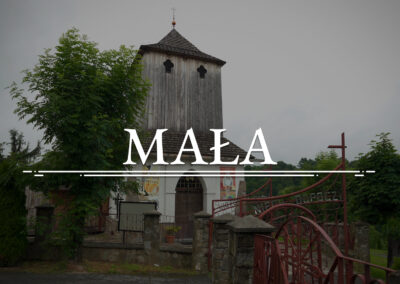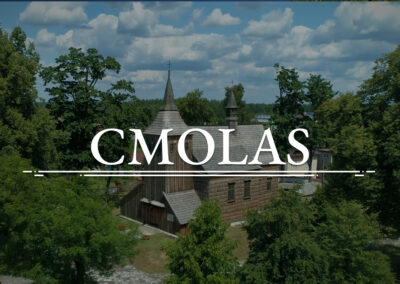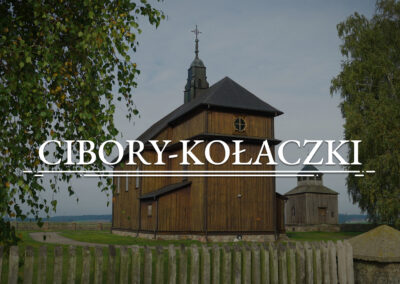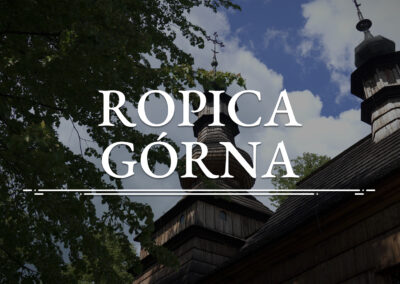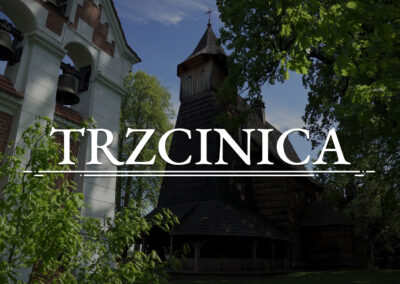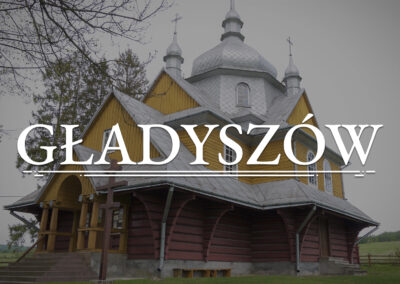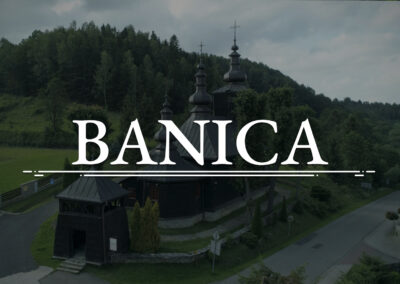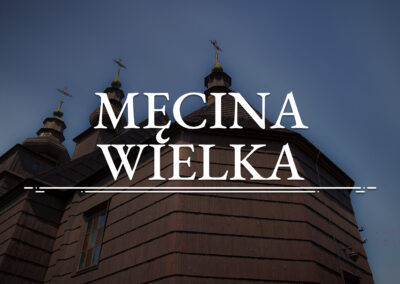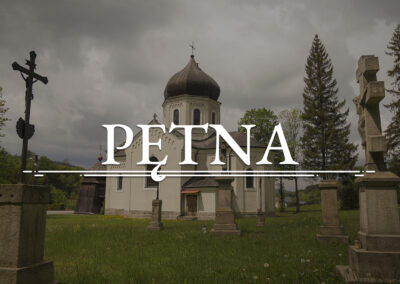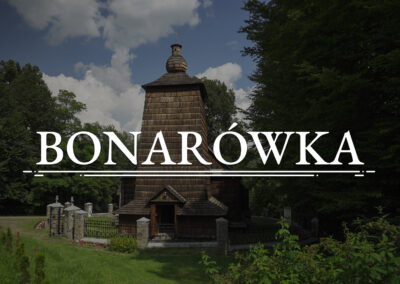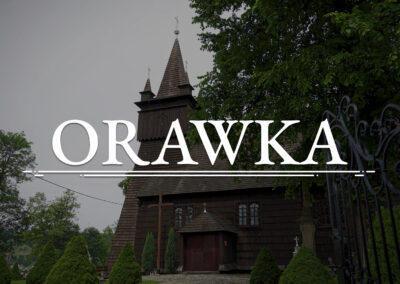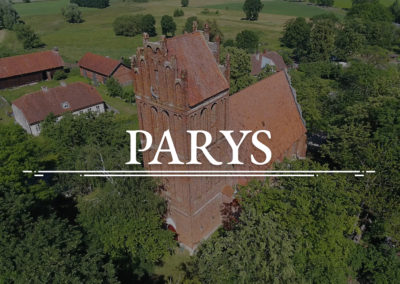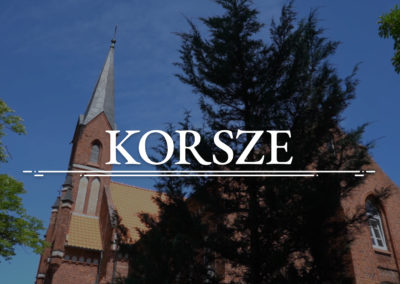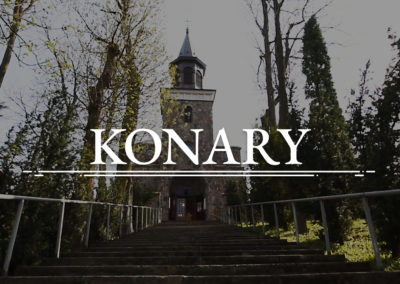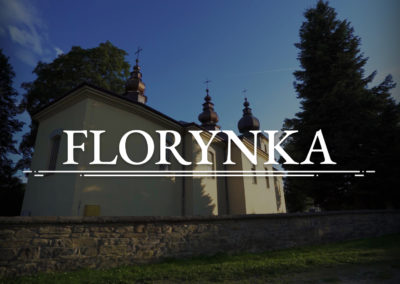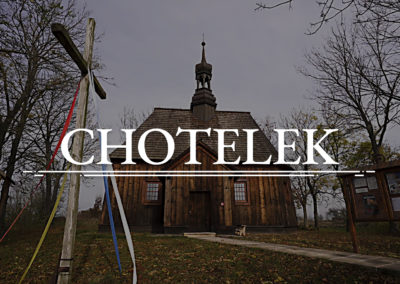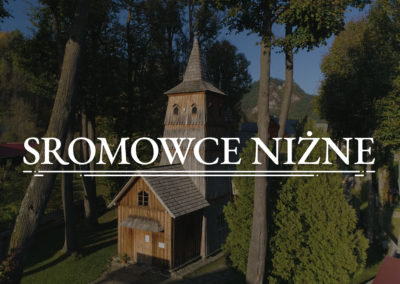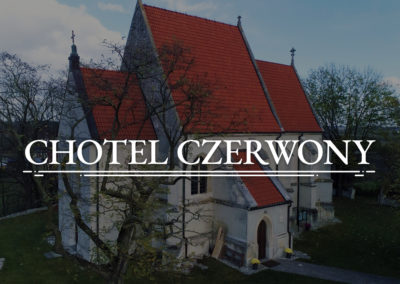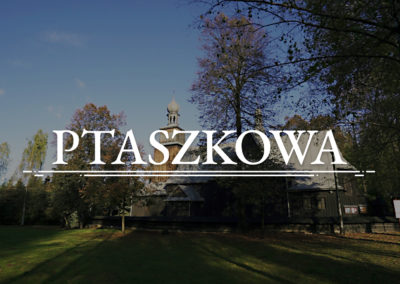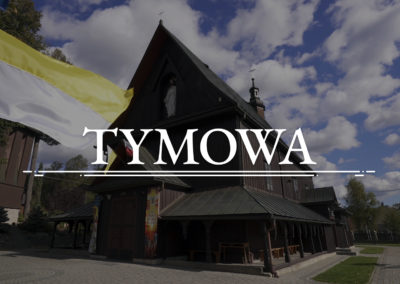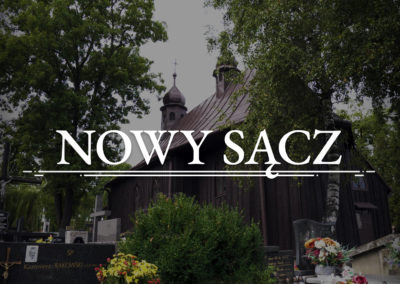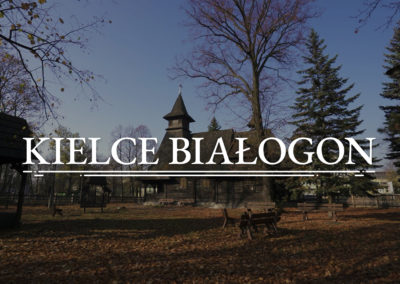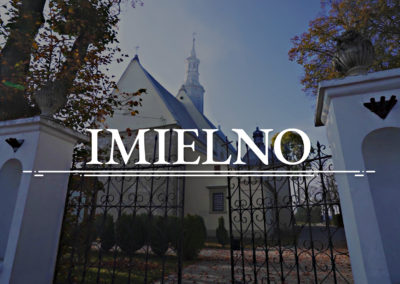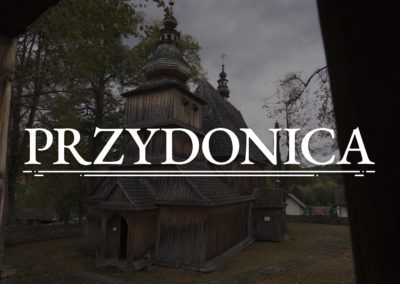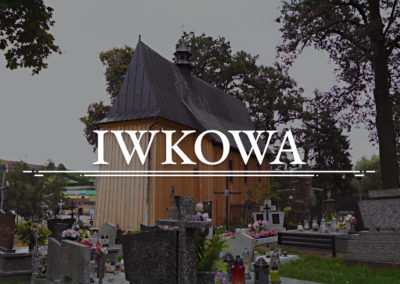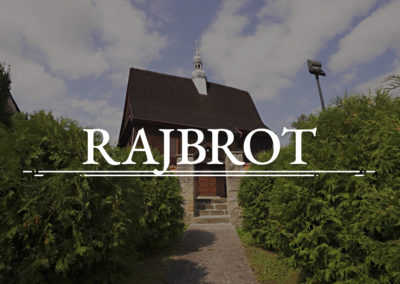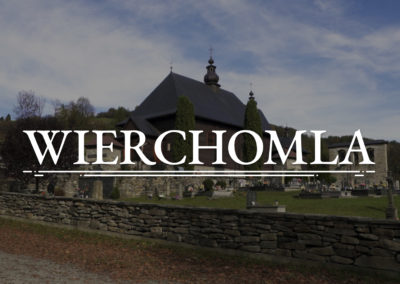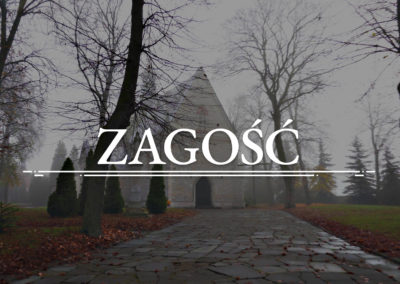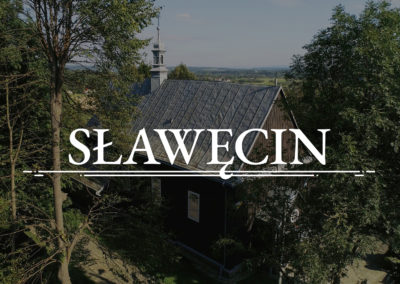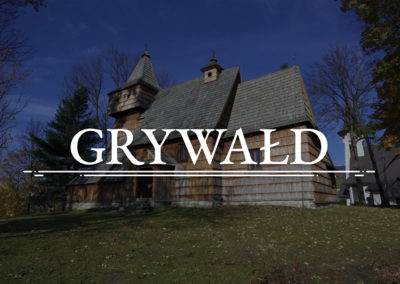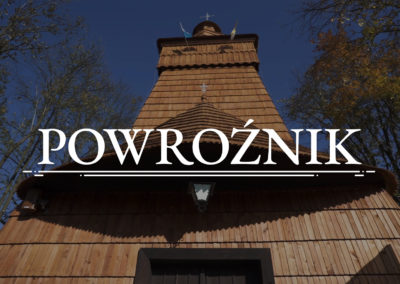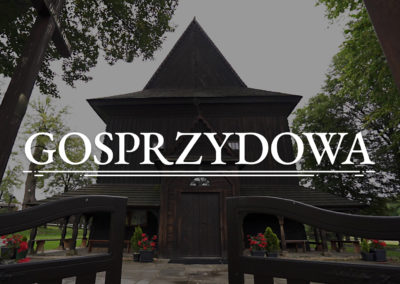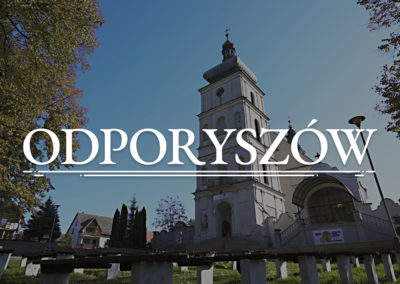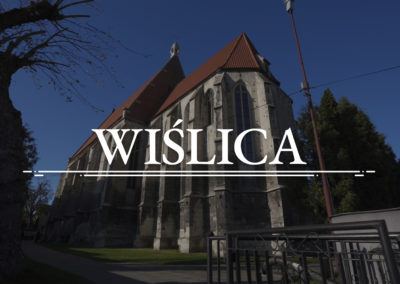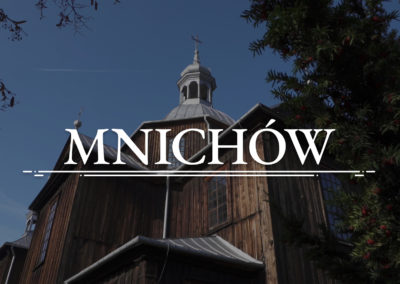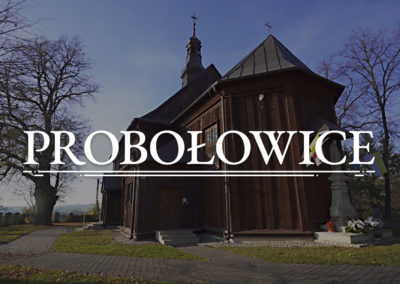JASŁO - Collegiate Church of the Assumption of Our Lady
The first church was built in the Gothic style. It is mentioned in the chronicle by Jan Długosz and one of the 19th century researchers of monuments, Władysław Łuszczkiewicz, found on the vault the date of 1479. The historians assume that it indicates the date of the church reconstruction after one of the Hungarian invasions.
COLLEGIATE CHURCH
IN JASŁO
Travelling south from Tarnów or Dębica, in the direction of Dukla, we find a city whose history started in the Dark Ages. The most ancient historical sources, available to historians, indicate that Jasło existed, and was an important centre, already in the 13th century. One of its most important monuments is the Collegiate Church of the Assumption of Our Lady.
The history of the church begins in the 15th century, as, according to the records, it was built in the second half of this century. Back then, the Cistercians, who were already present in the city, were joined by the Carmelites and this led to a significant increase of pilgrimages in this part of Europe. The most numerous pilgrims were those coming from Hungary. It is worth remembering that the first mention of the parish Jasło dates back to the time before 1325. This is a true witness to history as its walls are telling the difficult and turbulent events from the history of the region and of the country.
The first church was built in the Gothic style. It is mentioned in the chronicle by Jan Długosz and one of the 19th century researchers of monuments, Władysław Łuszczkiewicz, found on the vault the date of 1479. The historians assume that it indicates the date of the church reconstruction after one of the Hungarian invasions.
Already in the earliest years of its activity, the church had a presbytery with a vault and a side chapel. The chapel and the structure of the building were covered with a wooden ceiling. According to the 16th century records, the church had 5 magnificent altars and the sixth could be found in the chapel. In 1611 a brick chapel was added and dedicated to St. Anne.
Through the ages, the church had been changing its shape and style reflecting technologies and artistic trends in construction. The barrel vault, resting on inside pillars, in the main nave was most likely built in the middle of the 18th century. Unfortunately, during World War II the roof of the church, almost all interior decorations and furnishings were destroyed. The late Gothic vaults of the presbytery collapsed as well.
The church has served as parish seat since the Middle Ages. This type of churches were usually built in the vicinity of town squares. The Collegiate Church of the Assumption of Our Lady is the oldest church of this kind with stone walls in Poland.
Before World War II, the church was entered in the register of monuments with the status of “zero” class meaning an outstanding treasure of cultural heritage.
Even today, the Gothic structure of the church, with a characteristic slender shape, leaves a lasting impression on visitors. The roof covered with red tiles completes the picture. A round tower between the presbytery and the nave constitutes an additional and atypical element of the structure.
During numerous renovations of the site, transferred (restored) paintings from the 16th and the 17th centuries were hung on the southern wall of the presbytery. When visiting the church, one should not miss the 15-century painting depicting St. Jerome, located in the presbytery’s niche.
Since the early 1970s, the Collegiate Church of the Assumption of Our Lady has been often researched and described by subsequent generations of art historians.
Sources:
JASŁO - Collegiate Church of the Assumption of Our Lady
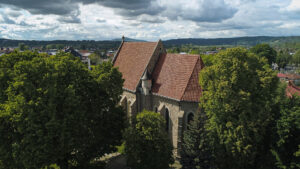
COFUNDED BY THE MINISTER OF CULTURE AND NATIONAL HERITAGE
ORIGINATING FROM CULTURE PROMOTION FUND



